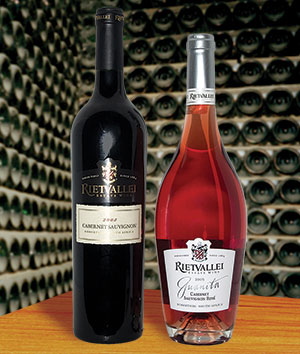 Rosés Are Red, My Love…
Rosés Are Red, My Love…
…Cabernets are too. These two cabs come from the Rietvallei Wine Estate, located in the Robertson region of South Africa, outside of Johannesburg. This warm, low-rainfall area has excellent lime-rich soils, and is usually known for white wine, sherry, and brandy.
The Rietvallei Estate was founded in 1864 by the Burger family, and for many decades only produced red muscadel (also known as muscat), a sweet dessert wine. The estate’s house style was based on a recipe still to be found nailed behind the cellar door.
Today overseen by sixth generation winemaker Kobus Burger, Rietvallei began to expand its offerings a few years ago. A Chardonnay was first released in 1987, followed by a Sauvignon Blanc in 2001. The selections now include a number of other whites and reds as well.
Rietvallei Cabernet Sauvignon 2005
This easy-drinking cabernet will appeal most to those who like a lighter style of wine. Although the wine is very dark, the flavor is soft, more like a merlot than a cab. There is also a hint of sweetness as well as tartness. The aroma in the glass, or “nose,” is quite delicate. The finish is short, reflecting the low level of tannins. Enjoy this with a wide range of not too assertive foods, including fish and ‘burgers.
Rietvallei Juanita Rosé 2005
A fruity but quite dry rosé made from 100% cabernet sauvignon. A nice tart refreshing taste. Should pair well with any food where sauvignon blanc would be the more usual choice.
Top of page: https://winervana.com/blog/

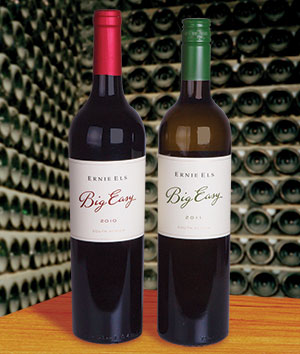
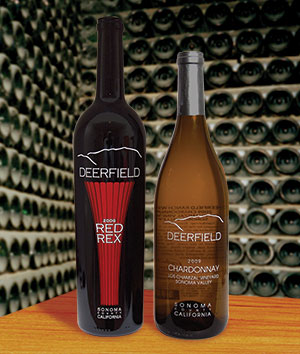
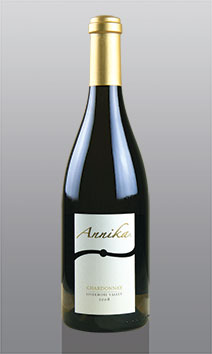
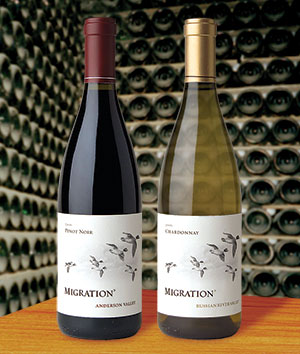 Duckhorn Portfolio is the umbrella corporation of an expanding wine mini-empire. First came the flagship Duckhorn Vineyards, established in 1976 by Dan and Margaret Duckhorn to pioneer and feature premium Napa Merlot. (Duckhorn has a “second growth” label named Decoy, as well.) Next came Paraduxx in 1994, specializing in Zinfandel-based blends. This was followed by Goldeneye, which began making Pinot Noir in 1996. Migration was established in 2001 to focus first on Pinot Noir and Chardonnay.
Duckhorn Portfolio is the umbrella corporation of an expanding wine mini-empire. First came the flagship Duckhorn Vineyards, established in 1976 by Dan and Margaret Duckhorn to pioneer and feature premium Napa Merlot. (Duckhorn has a “second growth” label named Decoy, as well.) Next came Paraduxx in 1994, specializing in Zinfandel-based blends. This was followed by Goldeneye, which began making Pinot Noir in 1996. Migration was established in 2001 to focus first on Pinot Noir and Chardonnay. The Greek wine even Greeks won’t drink. At least, all of the Greek-Americans I know won’t. And my local Greek restaurant recently quit carrying Kourtaki Retsina of Attiki (the only retsina they had), citing a total lack of demand from their customers. Quite a bold move, considering Retsina is routinely called the “iconic wine of Greece” and is ingrained in the food and drink culture of the nation.
The Greek wine even Greeks won’t drink. At least, all of the Greek-Americans I know won’t. And my local Greek restaurant recently quit carrying Kourtaki Retsina of Attiki (the only retsina they had), citing a total lack of demand from their customers. Quite a bold move, considering Retsina is routinely called the “iconic wine of Greece” and is ingrained in the food and drink culture of the nation.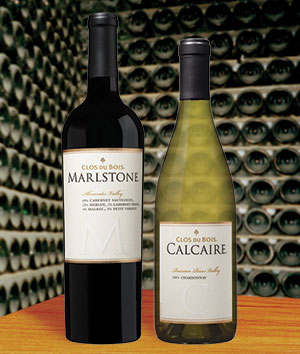
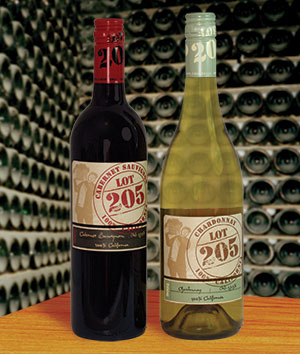
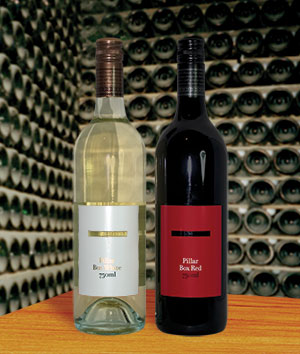
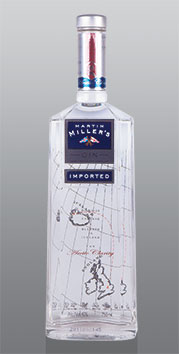
 When it comes to wine aeration, I am an agnostic. I rarely aerate these days, and when I do I usually use a decanter. For me, decanting and waiting an hour or two offers the best chance of improving a wine’s flavor and aroma.
When it comes to wine aeration, I am an agnostic. I rarely aerate these days, and when I do I usually use a decanter. For me, decanting and waiting an hour or two offers the best chance of improving a wine’s flavor and aroma.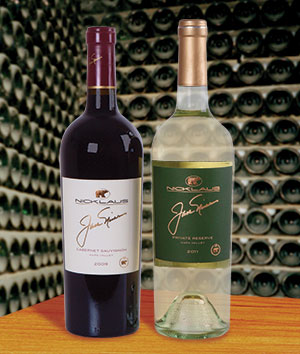
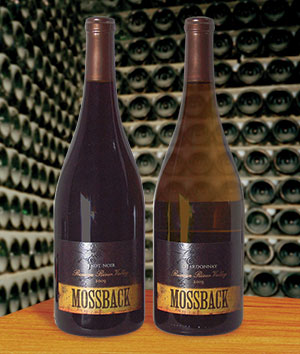 The Russian River AVA sits in the center of northern California’s Sonoma County, and is characterized by a generally cool climate, with sunny days bracketed by fog early and late. This encourages the slow-ripening of fruit, particularly suitable for Chardonnay, Pinot Noir, and Sauvignon Blanc, like these selections from Mossback Winery.
The Russian River AVA sits in the center of northern California’s Sonoma County, and is characterized by a generally cool climate, with sunny days bracketed by fog early and late. This encourages the slow-ripening of fruit, particularly suitable for Chardonnay, Pinot Noir, and Sauvignon Blanc, like these selections from Mossback Winery.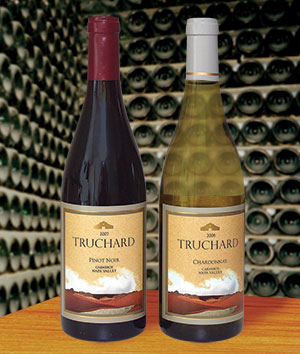 Truchard Vineyards was established in 1974, when native Texans Tony and Jo Ann Truchard purchased a 20-acre parcel of land in Carneros. They transformed what was an abandoned prune orchard into a vineyard, and began selling the fruit to a local winery. Because of the difficult clay soil he had to work with, as well as a dearth of groundwater, Truchard was one of the early adapters of drip irrigation, a practice that was used in Israel for desert farming but not known in California yet. The Truchard Estate Vineyard has since grown to 400 acres, of which 280 are planted.
Truchard Vineyards was established in 1974, when native Texans Tony and Jo Ann Truchard purchased a 20-acre parcel of land in Carneros. They transformed what was an abandoned prune orchard into a vineyard, and began selling the fruit to a local winery. Because of the difficult clay soil he had to work with, as well as a dearth of groundwater, Truchard was one of the early adapters of drip irrigation, a practice that was used in Israel for desert farming but not known in California yet. The Truchard Estate Vineyard has since grown to 400 acres, of which 280 are planted.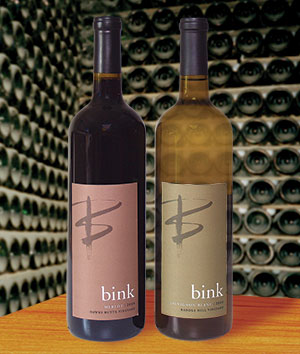 California Girls
California Girls